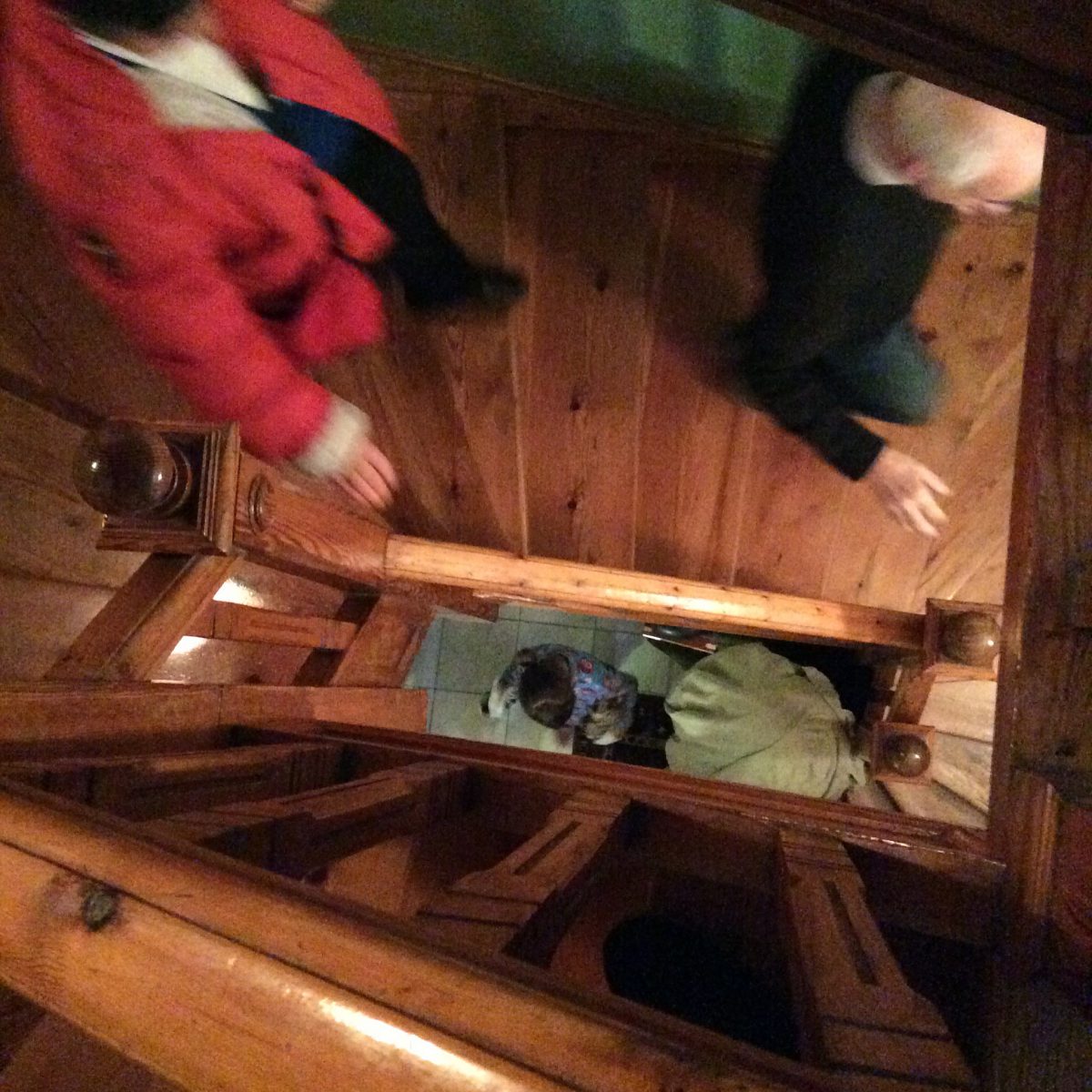artist: Spyros Vassiliou
As we have said before, we always wish ‘KALO’ something or other, and these days can be no exception to the rule.
This wish means ” Happy Lent” and it refers to Kathari Deftera( Clean Monday) when we start fasting. Now “fasting” means
very specific food that we eat on that day: seafood, pickles, taramosalata, vegetables, and a special flat bread called “lagana” that bakeries sell only on that day.
The day calls for family outings in the country and the flying of kites. When we were kids we used to make our own kites and compete with other kids in the neighbourhood over whose kite could fly higher, but that’s all over now, baby blue…
So, if the weather allows and if on Kathari Deftera you’re in Athens, go either to your area’s Koulouma feast or go to Filopappos hill near the Acropolis to see the traditional celebration.
PS. Go to the bakery early Monday morning to get your lagana bread, it may be crowded later.
If you want to eat at a tavern, call and make sure they provide Sarakostiana( Lent food).



 As you can see in the photos, we always used to enjoy Carnival, especially when we were little and innocent!
As you can see in the photos, we always used to enjoy Carnival, especially when we were little and innocent! 


 Last Friday we did something that you would all have liked, we think. We went to the centre to look for books, books of Greek literature translated into other languages. To find them, we went to the centre-centre, the most central part of Athens which, for many of you, is totally unknown. We feel that the centre of all cities is the place to go if you want to really touch its heart, hear its pulse, and fill your eyes with its colours. And, of course, if you want to find things that you have never thought you could find. That said, you have guessed that we love the centre and we also love showing people around. That’s what we did on Friday and we enjoyed it. There are lovely bookstores with excellent books translated into English, German, Spanish, French etc. Our friends get special prices if they mention Livin’Lovin’. After the long walk, we sat down at a café and enjoyed a (huge!!!) cup of coffee.
Last Friday we did something that you would all have liked, we think. We went to the centre to look for books, books of Greek literature translated into other languages. To find them, we went to the centre-centre, the most central part of Athens which, for many of you, is totally unknown. We feel that the centre of all cities is the place to go if you want to really touch its heart, hear its pulse, and fill your eyes with its colours. And, of course, if you want to find things that you have never thought you could find. That said, you have guessed that we love the centre and we also love showing people around. That’s what we did on Friday and we enjoyed it. There are lovely bookstores with excellent books translated into English, German, Spanish, French etc. Our friends get special prices if they mention Livin’Lovin’. After the long walk, we sat down at a café and enjoyed a (huge!!!) cup of coffee. Today we’ll tell you a story that will interest you greatly, since it deals with the continent we live on, Europe. Do you happen to know who Europe was??? Europe, dear friends, was a pretty Phoenician princess, daughter of Agenor and Telephasa. She was playing with her friends one day and Zeus saw her. He was so struck by her beauty that he decided to take her for himself, given the fact that he was a god who loved women. He turned himself into a beautiful white bull and swam to the shore of Asia where Europe and her friends were. When the girls saw him they all fell for him, but he bent in front of Europe and she climbed on his back. He then started swimming very fast and he took her from Phoenicia to
Today we’ll tell you a story that will interest you greatly, since it deals with the continent we live on, Europe. Do you happen to know who Europe was??? Europe, dear friends, was a pretty Phoenician princess, daughter of Agenor and Telephasa. She was playing with her friends one day and Zeus saw her. He was so struck by her beauty that he decided to take her for himself, given the fact that he was a god who loved women. He turned himself into a beautiful white bull and swam to the shore of Asia where Europe and her friends were. When the girls saw him they all fell for him, but he bent in front of Europe and she climbed on his back. He then started swimming very fast and he took her from Phoenicia to  The story of Zeus and Europe has inspired many artists {*painting by: Tiziano (1477-1576)} through time.
The story of Zeus and Europe has inspired many artists {*painting by: Tiziano (1477-1576)} through time.











